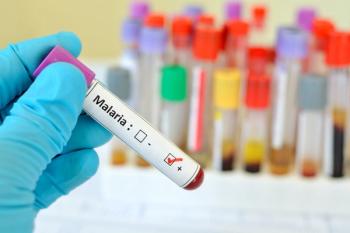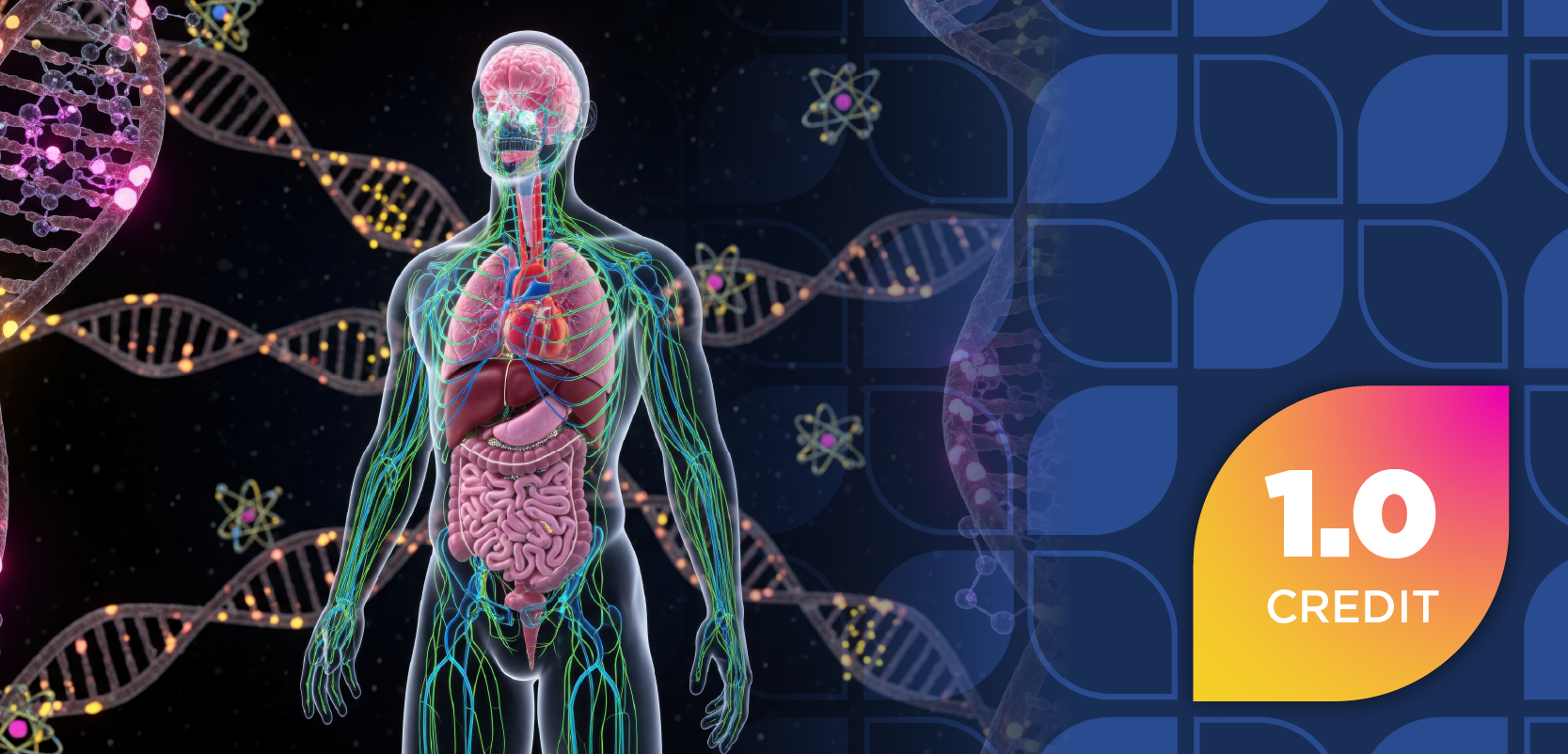In the KOASTAL-1 clinical trial (NCT06029426)1, navacaprant (formerly BTRX 335140; Neumora Therapeutics) did not demonstrate a statistically significant improvement in Montgomery Asberg Depression Rating Scale (MADRS) score from baseline to week 6 when treating patients with major depressive disorder (MDD). Despite the results, the investigators noted that navacaprant was shown to be well-tolerated and safe, with no serious adverse events (AEs) reported by study participants.2
Navacaprant is a highly selective, novel kappa opioid receptor (KOR) antagonist currently undergoing development as a potential monotherapy in the treatment of MDD. The investigational therapy is designed to modulate the dopamine and reward process pathways, which have important roles in the regulation of mood, reward, behavior, and cognition. Additionally, the KOR system is a well-characterized pathway that is known to mediate depressive-like states, and modulating this system represents a novel approach in the treatment of MDD as well as other neuropsychiatric disorders.2
KOASTAL-1 (NCT06029426) was a randomized, double-blind, placebo-controlled phase 3 study conducted to evaluate the efficacy and safety of navacaprant in the treatment of adult patients with MDD. Additionally, this study is part of the KOASTAL program, which includes 3 replicate randomized, placebo-controlled, double-blind phase 3 trials designed to evaluate the efficacy and safety of navacaprant monotherapy in adult patients with moderate to severe MDD who have a MADRS total score of 25 or higher at baseline. KOASTAL-1 was conducted in the US, whereas the other 2, KOASTAL-2 and KOASTAL-3, will include both the US and other regions.1,2
A total of 383 patients with MDD were enrolled randomly assigned to receive either 80 mg of oral navacaprant once daily (n = 191) or placebo (n = 192). The study’s design consisted of a screening period (up to 28 days) as well as a treatment period (6 weeks). Following the completion of the treatment period, patients were eligible to participate in a 52-week open-label, long-term extension study, KOASTAL-LT. Approximately 83.3% of patients receiving navacaprant opted to enroll in this trial.1,2
The trial’s primary end point was the change from baseline to week 6 in MADRS total score. The secondary end point was the change from baseline to week 6 in Snaith-Hamilton Pleasure Scale (SHAPS) total score.1 These end points are also the same across all 3 trials within the KOASTAL program, the investigators noted.2
According to the investigators, there was a 12.5-point decrease in total MADRS score, regardless of the treatment patients received. Female patients experienced a greater reduction in MADRS when receiving navacaprant (-14.0) compared with placebo (-11.4), whereas the opposite was observed in male patients (navacaprant: -10.6; placebo: -13.8).2
Further, patients receiving navacaprant generally experienced decreases in SHAPS scores compared with placebo (-5.8 vs -5.5, respectively). Similarly to MADRS, female patients receiving navacaprant experienced greater reductions in SHAPs scores (navacaprant: -7.2; placebo: -4.9) unlike males (navacaprant: -4.3; placebo: -6.3).2
“We are disappointed by the results from KOASTAL-1 as they were not consistent with the body of evidence supporting this mechanism in MDD. There is a lot to investigate from this study, in particular the contrast in drug and placebo responses in depressed mood and anhedonia in female participants compared to male participants,” Rob Lenz, executive vice president and head of research and development at Neumora Therapeutics, said in a news release.2
The investigators noted that navacaprant was generally well-tolerated and safe, and there were no serious AEs reported by patients. The most common AEs were headache and diarrhea, which were present in both the navacaprant (headache: n = 13, 6.8%; diarrhea: n = 10, 5.2%) and placebo (headache: n = 14, 7.3%; diarrhea: n = 4, 2.1%) groups. The most common treatment-emergent AE (TEAE) was pruritus, which occurred more frequently in the navacaprant group (n = 7; 3.7%) compared with placebo (n = 4; 3.1%). Rates of treatment discontinuation because of TEAEs were also generally low in both groups (navacaprant: 2.1%; placebo: 3.1%). Additionally, there were no increased suicidal ideation or suicidal behaviors compared with placebo.2
“We will not waver on our mission to make a difference for people living with brain diseases, which our broad pipeline of novel programs has the potential to address. The outcome of KOASTAL-1 is not what we expected, but there are encouraging trends in the data that we are analyzing,” Henry Gosebruch, president and CEO of Neumora Therapeutics, said in the news release.2
About the Trial
Trial Name: Study to Evaluate the Effects of Oral NMRA-335140 Versus Placebo in Participants With Major Depressive Disorder
ClinicalTrials.gov ID: NCT06029426
Sponsor: Neumora Therapeutics, Inc.
Completion Date (Estimated): January 2025
Pharmacists are becoming increasingly crucial in the improvement of mental health in patients. They are often recognized for their accessibility and expertise on treatment management, drug-drug interactions, AEs, as well as early screening and intervention. Additionally, pharmacists are key in bridging the gaps between patients, other health care professionals, and the broader health care system.3
Further, pharmacists are also significant in integrating evidence-based approaches into communities. Such information can be gathered from clinical trials, and when implemented, can be beneficial when gaining recognition and support from regulating bodies. With their expanded role beyond traditional dispensing responsibilities, pharmacists can position themselves as an asset when enhancing the delivery of mental health care and overall patient wellness.3
REFERENCES
1. Study to Evaluate the Effects of Oral NMRA-335140 Versus Placebo in Participants With Major Depressive Disorder. ClinicalTrials.gov identifier: NCT06029426. Updated January 9, 2025. Accessed January 20, 2025. https://clinicaltrials.gov/study/NCT06029426
2. Neumora Therapeutics. Neumora Therapeutics Reports Data from KOASTAL-1 Study of Navacaprant in Major Depressive Disorder. News release. January 2, 2025. Accessed January 20, 2025. https://neumoratx.gcs-web.com/news-releases/news-release-details/neumora-therapeutics-reports-data-koastal-1-study-navacaprant
3. Paras A, Beckford J. Bridging the Gap: How Pharmacists Can Expand and Transform Mental Health Services. Pharmacy Times. May 3, 2024. Accessed January 20, 2025. https://www.pharmacytimes.com/view/bridging-the-gap-how-pharmacists-can-expand-and-transform-mental-health-services














































































































































































































